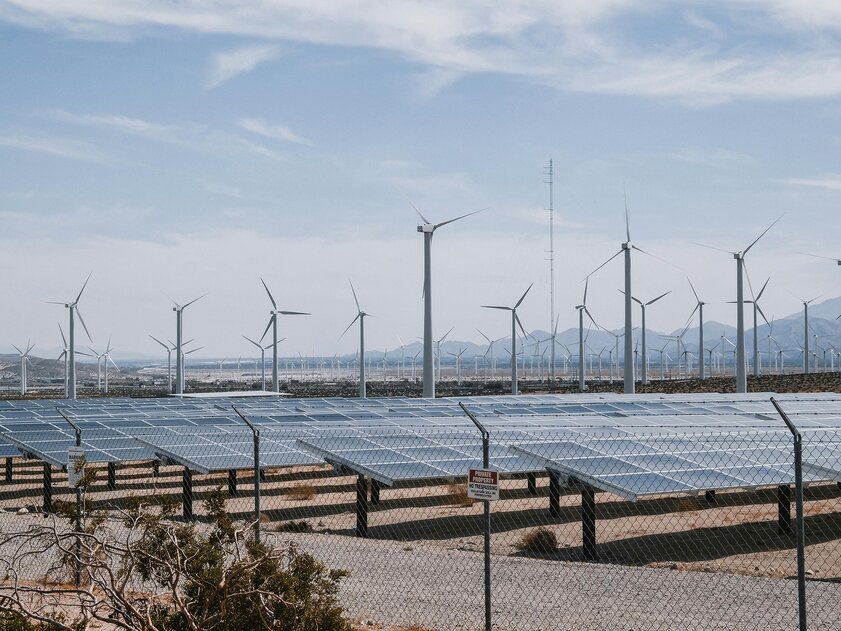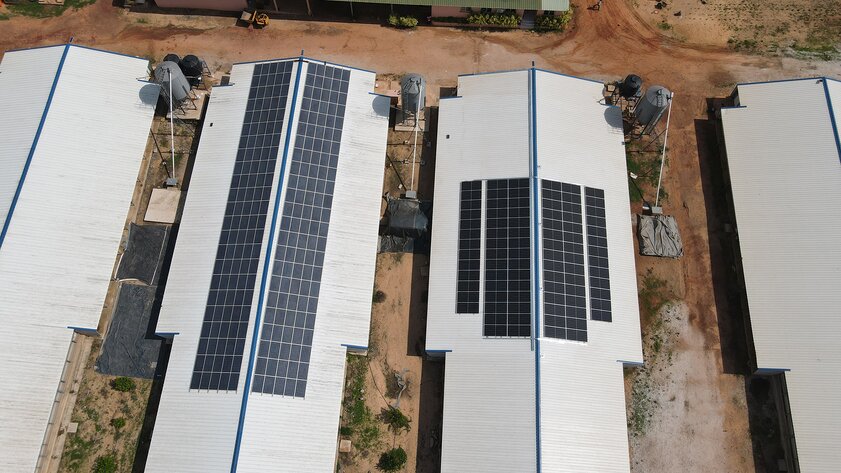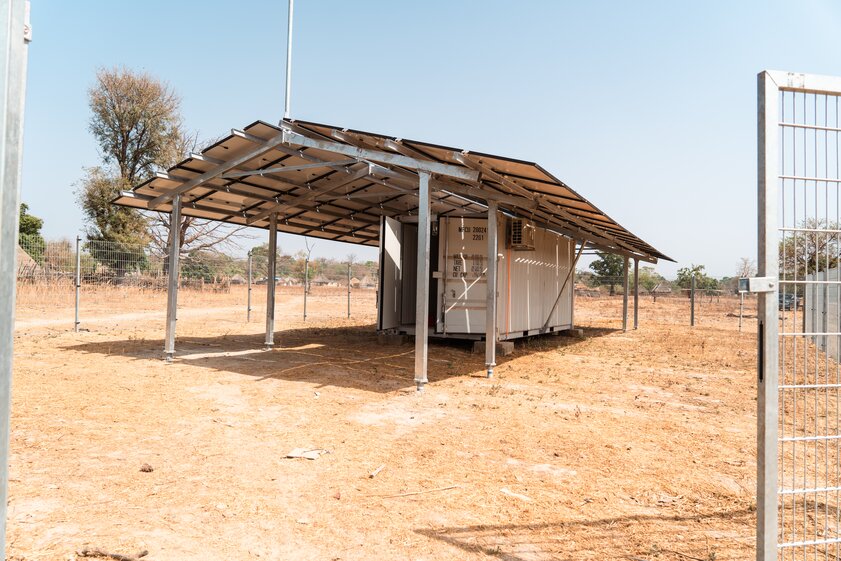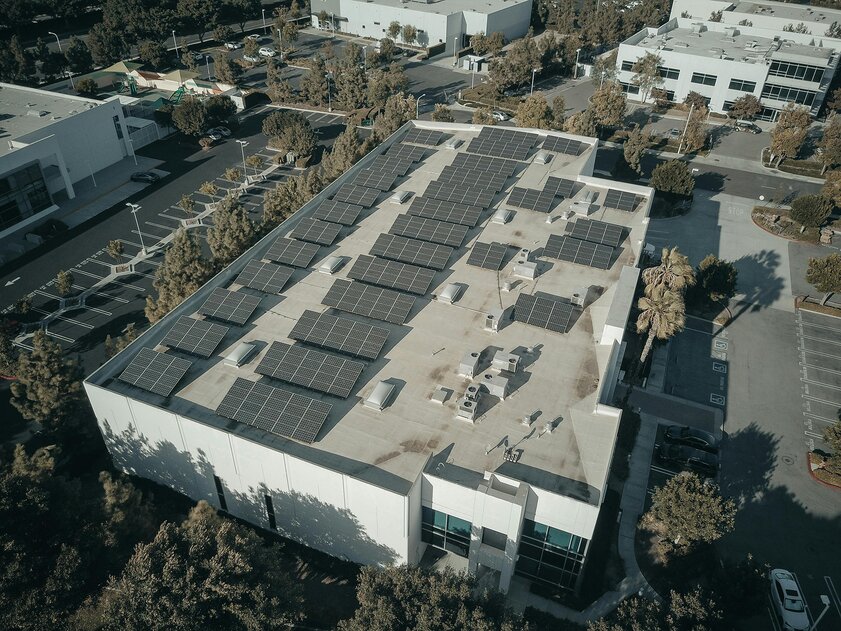Blog
#accesstoenergy
What is battery storage and how does it work?
In today's rapidly evolving world of energy, the push for cleaner, more sustainable alternatives to fossil fuels has never been more urgent. Solar and wind energy are leading the charge. But as renewable energy production rises, so does the challenge of storing that energy for later use. This is where battery storage comes into play. So, what exactly is battery storage, and why should you care? Let’s break it down.
What is battery storage?
Battery storage refers to the use of batteries to store excess electricity for later use. These batteries can store electricity generated from renewable sources such as solar panels or wind turbines, as well as power from the grid. When energy demand is low or when there’s an abundance of renewable energy being produced, the system charges the batteries. Later, when energy demand spikes or renewable energy generation drops, the stored electricity is released from the batteries to meet that demand.
At the heart of this technology are various types of batteries, with the most commonly used being lithium-ion batteries. These are the same type of batteries found in many consumer electronics like smartphones and laptops, but on a much larger scale. Within that category, LFP (Lithium Iron Phosphate) batteries are gaining popularity, especially in stationary energy storage and EVs, due to their safety, longevity, and cost-effectiveness.
How does battery energy storage work?
Battery energy storage systems (BESS) are designed to integrate seamlessly with your existing energy setup. Here’s a step-by-step look at how the system works:
Energy Generation: The first step involves generating electricity, typically through renewable sources such as solar panels or wind turbines. These systems often produce more electricity than is immediately needed.
Energy Storage: In LFP BESS, the excess electricity is routed into a battery storage system, where it’s stored as chemical energy in batteries.
Energy Discharge: When energy demand spikes, or when the renewable energy generation isn’t sufficient, the stored energy in the batteries is released back into the system, powering your home or business as needed.
Recharging: Once the demand decreases, the batteries recharge again with the excess energy being produced.
What is battery storage used for?
Maximizing the use of renewable energies
One of the biggest challenges with renewable energy sources is their intermittency. Solar power only generates energy when the sun is shining, and wind power depends on the wind. This can leave a gap in supply during periods of low generation. Battery storage allows the capture and storage of renewable energy when it’s available, ensuring a constant and reliable power supply even when the weather isn’t cooperating. By storing and using clean energy more effectively, we can make a significant impact on climate change.

Solar power only generates energy when the sun is shining, and wind power depends on the wind. This can leave a gap in supply during periods of low generation.
Energy Independence and reducing costs
Battery storage systems give individuals and businesses the ability to generate and store their own electricity. This means being less dependent on the grid and reducing energy bills. In remote or off-grid locations, battery storage can be a game-changer, providing reliable electricity where traditional grid infrastructure is unavailable or expensive.

Battery storage systems give individuals and businesses the ability to generate and store their own electricity.
Backup Power
In areas prone to power outages or natural disasters, battery storage offers a reliable backup power source. Instead of relying on a backup generator, you can use the energy stored in your batteries to keep essential systems running when the grid is down. This is especially important for medical equipment, refrigeration, or other vital systems that require continuous power.

In areas prone to power outages or natural disasters, battery storage offers a reliable backup power source.
Grid Stabilization
Battery storage isn’t just for homeowners. Large-scale battery storage systems can be deployed to help stabilize the grid. By providing energy storage and rapid discharge capabilities, these systems can smooth out fluctuations in the grid caused by fluctuating demand or intermittent renewable energy production.

Large-scale battery storage systems can be deployed to help stabilize the grid.
Key considerations when choosing a battery energy storage solution
When selecting a BESS, there are several factors to consider:
Capacity: What is your energy demand and how much energy do you need to store? The larger your battery system, the more energy it can store, but it also comes with a higher price tag.
Efficiency: Look for systems with high round-trip efficiency, which refers to how much energy is lost during the process of charging and discharging the batteries.
Cost: While battery storage systems have come down in price, they can still be a significant investment. Be sure to weigh the upfront cost against long-term savings on your energy bill.
Lifespan: The lifespan of a battery system is typically measured in charge cycles. Some systems last 10 years or more, while others may need to be replaced sooner.
Installation: Make sure you work with a professional installer who can assess your energy needs and integrate the system correctly into your existing setup.
Conclusion
BESS are revolutionizing the way we think about energy, offering solutions to many of the challenges posed by renewable energy sources. Whether you’re looking to reduce your energy costs, achieve greater energy independence, or provide backup power in case of an outage, battery storage systems offer a wide array of benefits. As renewable energy becomes more prevalent, battery storage will play a crucial role in ensuring we can harness and use clean energy efficiently, both now and in the future.